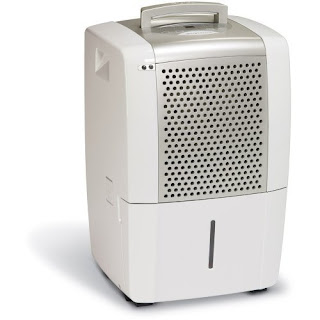 Home Energy Station is the name of Honda's upcoming heat and electricity generator for the home. HES IV is able to supply a sufficient amount of hydrogen to power a fuel cell vehicle, while providing electricity for an average-sized household.
Home Energy Station is the name of Honda's upcoming heat and electricity generator for the home. HES IV is able to supply a sufficient amount of hydrogen to power a fuel cell vehicle, while providing electricity for an average-sized household. The Home Energy Station is also able to function as a backup power generation system during power outages by using the hydrogen in the storage tank to power the internal fuel cell, providing as much as 5 kilowatts of electrical power and up to 3 normal cubic meters per hour (Nm3/hr) of hydrogen to the home in normal and emergency conditions.
Engine-generators are available in a wide range of power ratings. These include small, hand-portable units that can supply several hundred watts of power, hand-cart mounted units, that can supply several thousand watts and stationary or trailer-mounted units that can supply over a million watts. Regardless of the size, generators may run on gasoline, diesel, natural gas, propane, sewage gas or hydrogen.
Most of the smaller units are usually built to use gasoline (petrol) as a fuel, and the larger ones have various fuel types, including diesel, natural gas and propane (liquid or gas). Some engines may also operate on diesel and gas simultaneously.
Portable engine-generators may require an external power conditioner to safely operate some types of electronic equipment. Small portable generators may use an inverter. Inverter models can run at slower RPMs to generate the power that is necessary, thus reducing the noise of the engine and making it more fuel-efficient. Inverter generators are best to power sensitive electronic devices such as computers and lights that use a ballast.
Click here to purchase your Portable Home Generator today!




















































